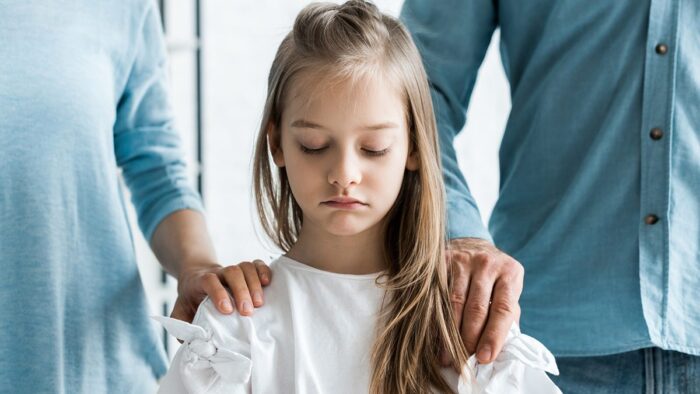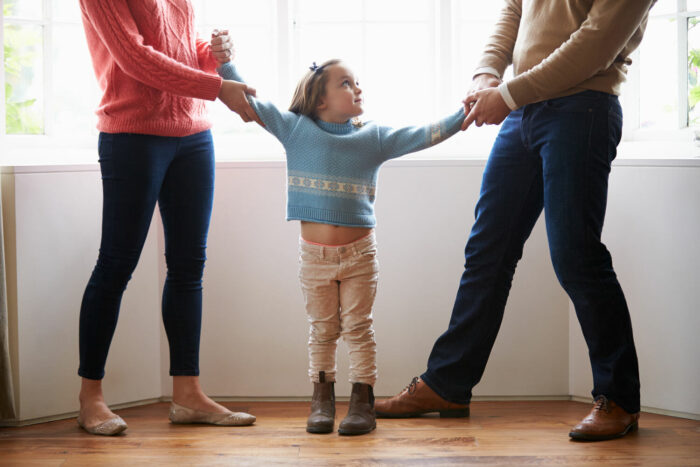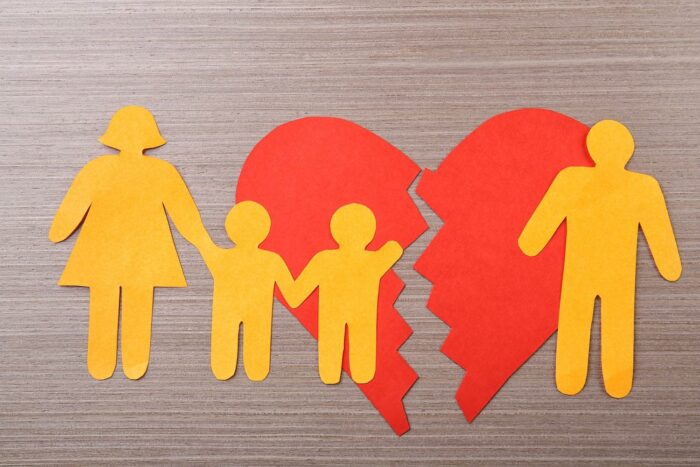You recently divorced your ex-partner. While divorce is both physically and emotionally draining, your main concern is your children. They are caught up in the middle of the ugly events, and you must be wondering who will get custody between you and your ex.
A lot comes to play when determining child custody after a divorce. This is in terms of financial well-being, criminal history, drug use habits, and the adjustment level between kids and their home, school, and neighborhood.
Keep reading to understand the different types of child custody and which each of them favors the kids and parents.
1. Legal Custody

The legal custodian is granted the right and obligation to make all the important decisions about the kid’s upbringing. Among the important decisions that the obligated parent is expected to make include;
- Which school the kids should attend
- Religious matters
- The ideal health facility for the child
However, in most states, the law awards both parents equal rights to make such rights as long as they prove worthwhile. The parents must be willing to work together in making critical decisions to ensure that the kid’s best interests are met.
In case of joint or shared legal custody, the other parent has the right to sue you if you exclude them from decision-making. Although you cannot go to jail for it, it can be such an embarrassing situation and will only cause more bad blood between the two of you, and the kids will be negatively affected in the process.
If you feel that you cannot stand your ex-partner or cannot make decisions together, it would be best to go to court and fight for legal custody. But you must have convincing evidence to show that joint custody is not in the kid’s best interests.
2. Physical Custody

As the name suggests, physical custody is where one parent is granted the right to physically live with the kids. Again, most states award shared or joint physical custody, whereby the kid stays with one parent and leaves to stay with the other one for some time.
Establishing such an arrangement can be a difficult legal process, which is why it can be essential to consult with attorneys to help with child custody to create a plan that works best for all parties involved, especially the children.
This type of joint custody works best if the two parents live in the same region as this will reduce the stress of movement on kids and ensure that they maintain a sane routine.
In physical custody, there is the primary custodian and the visiting parent. Ideally, the primary custody is where the kid spends most of their time, perhaps during school days, and visits the other during holidays.
The other type of physical custody is the bird’s nest, whereby the kids stay in one central location. The parents rotate in and out of the residency on a planned schedule. In short, instead of the kids moving to different parent’s houses, the parents are the ones to move to the kids’ home.
This approach promotes easy transition for the children.
3. Sole Custody

Sole custody features either physical or legal sole custody. The court will grant sole custody only if one parent is deemed irresponsible or unfit to make sound child care decisions.
For instance, if one of the parents has a history of violence or drug and alcohol consumption, the judge may find them unfit to take care of the kids. The same applies if the other parent has pending charges of child neglect or abuse.
Nonetheless, most states are moving away from sole custody decisions as they feel that both parents have the right to be physically, emotionally, and physically present in their children’s lives.
Even in sole custody cases, the noncustodial parent has the right to visit the kid’s but on a decided visitation schedule.
In sole custody, the parents may make joint decisions about the kids, but the custodial parent has more power than the other. Therefore, the custodian may decide to make some decisions without consulting the other.
4. Joint Custody

Joint custody is by far the most common type of child custody, especially in instances where both parents are on the same page.
Among the different types of child custody, this one shows the best interest for kids as they get to enjoy equal love and love from both parents.
In this case, the parents share decision-making responsibilities. They also have equal physical and emotional control over the kids.
Joint custody is granted if the parents are separated, divorced, or have never lived together. The custody can be legal, physical, or both.
When working out joint custody arrangements, parents create a schedule that fits their work and housing arrangements while ensuring that the children’s needs are observed.
If the parents have a hard time agreeing on a schedule, they should involve the court and leave the judge to make the arrangements.
You should also seek the help of a family lawyer if you feel that your kid is endangered or if the other parent fails to cooperate.
For guidance through the complex child custody processes, find additional info on the web, that will help you achieve what’s best for your child.
In most cases, the kids split time between the parents’ houses. For instance, they can stay with one parent for a month and move to the other one for an equal period. They may also alternate weeks or years depending on the agreements.
To ensure that the children maintain a healthy routine, especially when schooling, they spend school days in one parent’s house. They will stay with the one close to their school, and move to the other parent on weekends and holidays.
Which Is the Best among the Types of Child Custody?
Now that you understand the different types of child custody, you know what to do to ensure the court decision meets your children’s best interests.
If you wish to acquire custody but unsure of where to get started, do not hesitate to seek help from a family law expert. The attorney will help you navigate the requirements and gather substantial proof to show that you can be trusted with child care.







